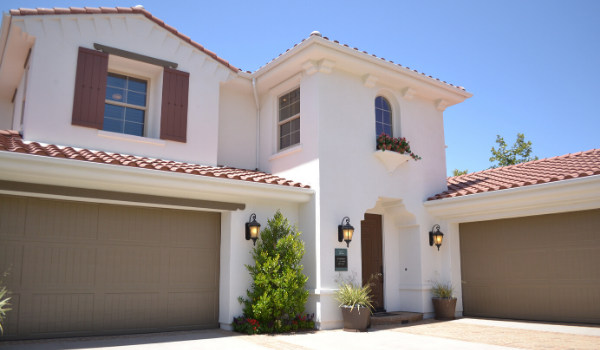One of the most common misunderstandings found when working with agents and their buyer clients is how a new home will be used. While this might not seem important at the time of purchase, it can create major problems in the event of a claim if the property is not properly insured.
Why Does It Matter?
Simply put, insurance claims may differ depending on who is living in the property and how often the property is being used. For instance, a home that is occupied full time by the owners will be far less likely to suffer damage due to vandalism or fire than one that is left unoccupied for 6 months of the year.
Types of Occupancy
There are three main occupancy types: primary, secondary, and seasonal.
A primary home is where the owner(s) live most of the year. Typically, this is the address on their driver’s license.
Secondary occupancy is a property where the owners live part of the year; using it on weekends or vacations. They have a main home elsewhere, but the secondary residence is never shut down for a long period of time. The owners come and go throughout the course of the year.
Seasonal properties are just that; they are occupied for a season and then shut down for an extended period; typically, for three months or more.
Other Times to Review the Occupancy
Occupancy is not just a consideration at the time of purchase. As people’s lives change over time, so can the way they use their homes. Primary residences can become secondary. Secondary can become seasonal. And sometimes, what started out as owner occupied can become a rental property.
It is important for property owners to notify their insurance agent if any of these changes take place. Insurance policies can be changed or rewritten to reflect the change in occupancy. It’s better to change the policy than to learn after you have filed a claim that you have the wrong type of insurance policy.
It is also important to consider they type of occupancy when a property is listed for sale. Will the owners be living in the property during the process or have they already moved. Have they removed the furnishings? It then becomes important to understand the difference between the type of insurance needed for a property that is vacant and a property that is unoccupied.
Vacant or Unoccupied
Most homeowners’ policies exclude damage caused by vandalism or burglary if the property has been vacant for 60 days or more. Vacancy is not a defined term in most insurance policies, however the best way to think of it, is a property that is without any contents. An unoccupied property on the other hand is one that is still furnished, but the owners have no plans to occupy it.
As a real estate agent, if you are listing a property that is either unoccupied (the owners have moved to a new location) or vacant (the personal property has been removed), it is worth mentioning to your seller clients that they need to notify their insurance agent of the change. That way the insurance policy on that property can be written appropriately without any issues.
Conclusion
It is important to understand the different types of occupancy because if a claim were to arise during the sale of the home, it could hold up the selling process.
As a real estate agent, knowing the basics to help your buyers and sellers through the process will allow you to show more value and provide excellent service to your clients. Which in turn will allow for them to return to you for future property transactions or refer you to family and friends. And aren’t referrals the key to all business?
For more clarification on home occupancy issues or to answer any general insurance questions you may have, contact RMC Group at 239-298-8210.


-Nov-07-2025-07-06-02-9436-PM.png)
-Nov-07-2025-06-54-27-4332-PM.png)